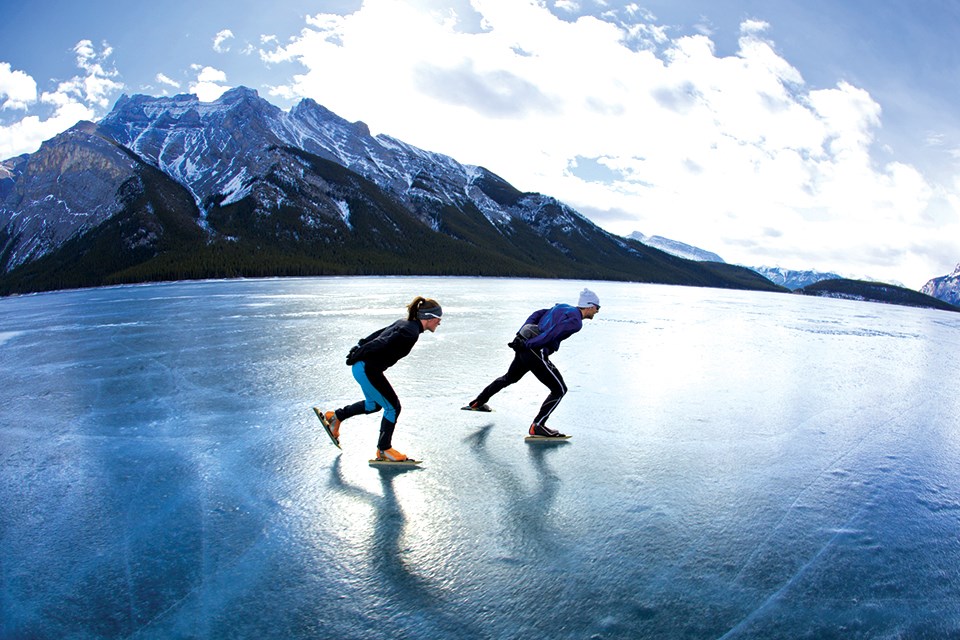As temperatures can fluctuate in Alberta from chilling minus 20's to above zero in a single 24 hour period, it's a good idea to be extra aware of how that temperature swing can affect your surroundings and your winter enjoyment.
Winter brings great beauty but also potential hazards that should be kept in mind and addressed. Let's have a look at some examples.
Frostbite
Frostbite occurs when the soft tissues of the body start to freeze. It most commonly affects the fingers, toes and nose. Frostbite affects skin cells and tissues and can cause severe damage. Frostbitten skin turns black as cells die from freezing. Numbness and a painful feeling of “pins and needles” occurs in areas that are exposed to the cold or cold water for too long. Dressing appropriately for weather, limiting time spent outdoors in very cold temperatures and maintaining strong blood flow can reduce risk for frostbite.
Falls
Winter weather can lead to slippery conditions. Falls on snow, ice or wet floors are common. When walking, wear shoes with sufficient traction, avoid icy patches and invest in walking poles or microspikes. Promptly wipe up melting puddles in the home to avoid slipping inside as well.
Thin ice
Winter activities may include skating or fishing on a frozen body of water. But it can be challenging to determine just how frozen a lake or a pond might be. Safety experts advise against going out onto the ice alone, and to heed any thin ice signs posted. If you fall through ice, try to gain a grip to pull yourself up (ice picks are a good investment) and spread out on your belly once you get out of the water. Anyone who ventures onto ice can carry a whistle to signal for help, which is louder than yelling. Hypothermia sets in within 10 to 15 minutes, so acting fast is key. Ropes, boogie boards, a spare tire and other items also can be used to save someone from ice without going onto the ice itself.
Depression
A lack of sun exposure and short days of winter can affect individuals’ mental wellness. Those with seasonal affective disorder, or SAD, can find long winter months challenging. SAD surfaces in late fall or early winter and may not subside until early summer. Make time to get outdoors, even when it’s cold, to take advantage of at least 30 minutes of morning light. Doing so can improve mood. Exercise and find ways to engage in social activities to stave off depressive feelings. Do not turn to food or alcohol to address depression.
This content was produced by Metro Creative. It is not written by and does not necessarily reflect the views of the editorial staff.



